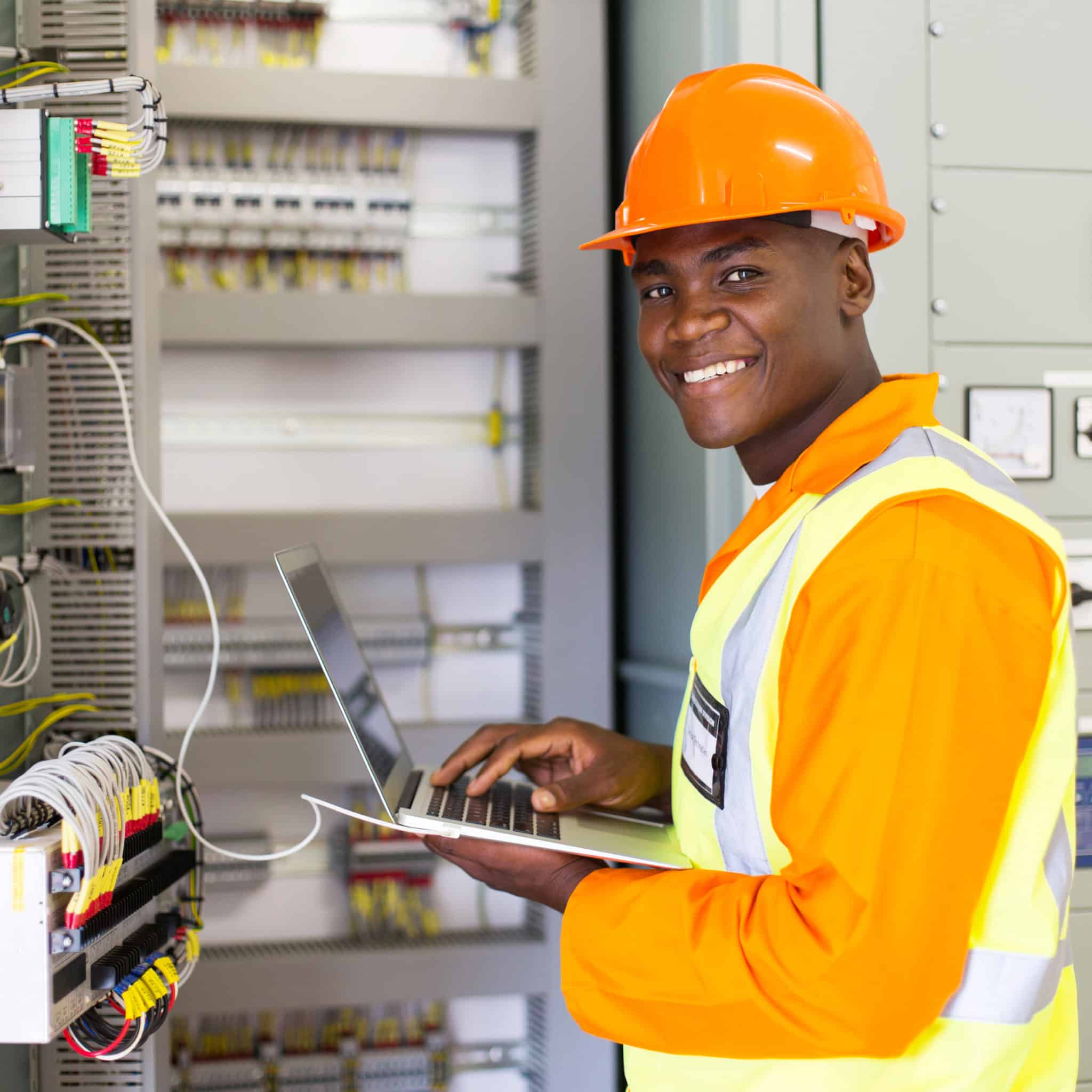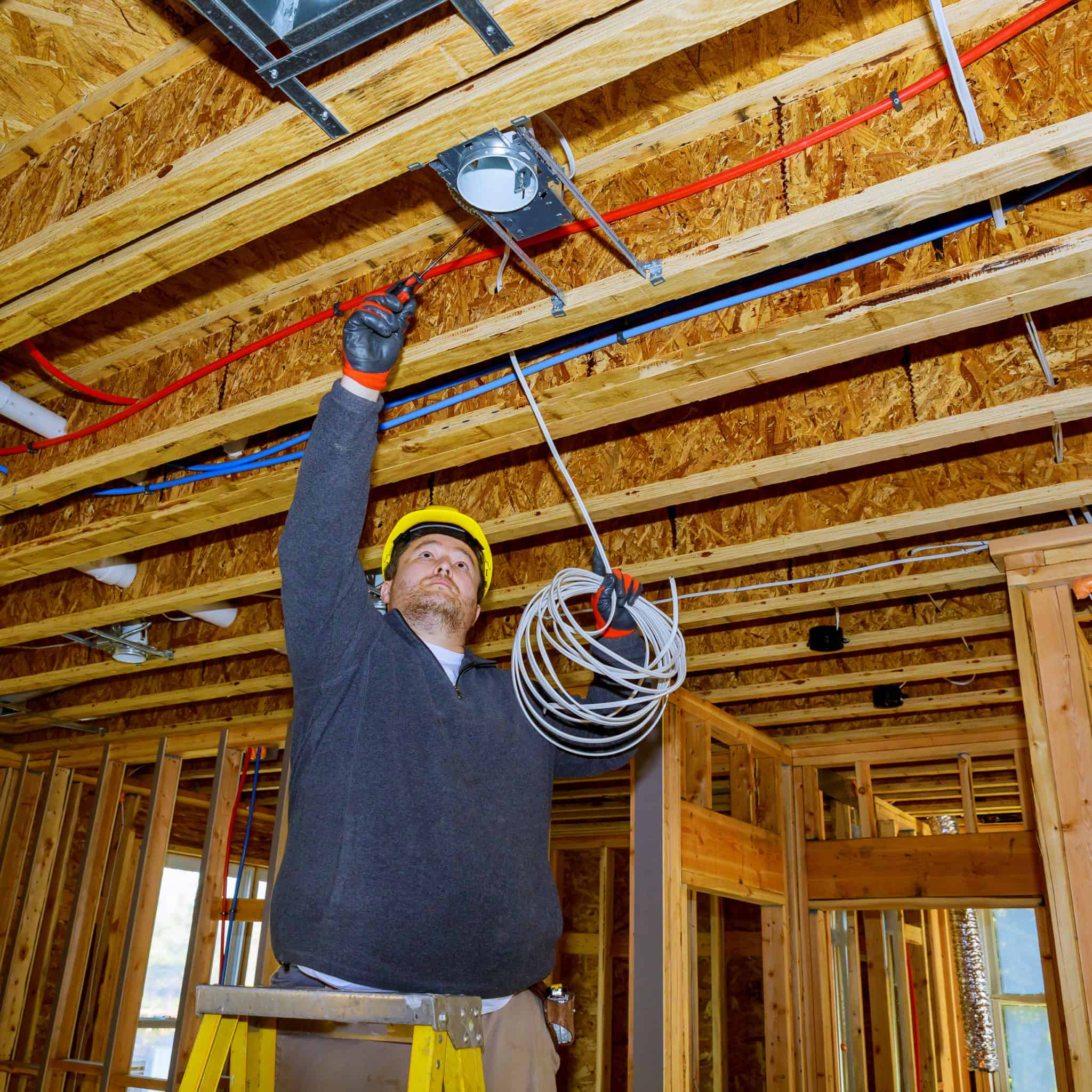Almost every building has an electrical power, communications, lighting, and control system that is installed during construction and maintained after that. These systems power the lights, appliances, and equipment that make people’s lives and jobs easier and more comfortable.
Installing electrical systems in newly constructed buildings is often less complicated than maintaining equipment in existing buildings because electrical wiring is more easily accessible during construction. Maintaining equipment and systems involves identifying problems and repairing broken equipment that is sometimes difficult to reach. Maintenance work may include fixing or replacing parts, light fixtures, control systems, motors, and other types of electrical equipment.
Electricians read blueprints, which include technical diagrams of electrical systems that show the location of circuits, outlets, and other equipment. They use different types of handtools and power tools, such as conduit benders, to run and protect wiring. Other commonly used tools include screwdrivers, wire strippers, drills, and saws. While troubleshooting, electricians also may use ammeters, voltmeters, thermal scanners, and cable testers to find problems and ensure that components are working properly.
(Source: Bureau of Labor Statistics, U.S. Department of Labor, Occupational Outlook Handbook, Electricians, at https://www.bls.gov/ooh/construction-and-extraction/electricians.htm)




